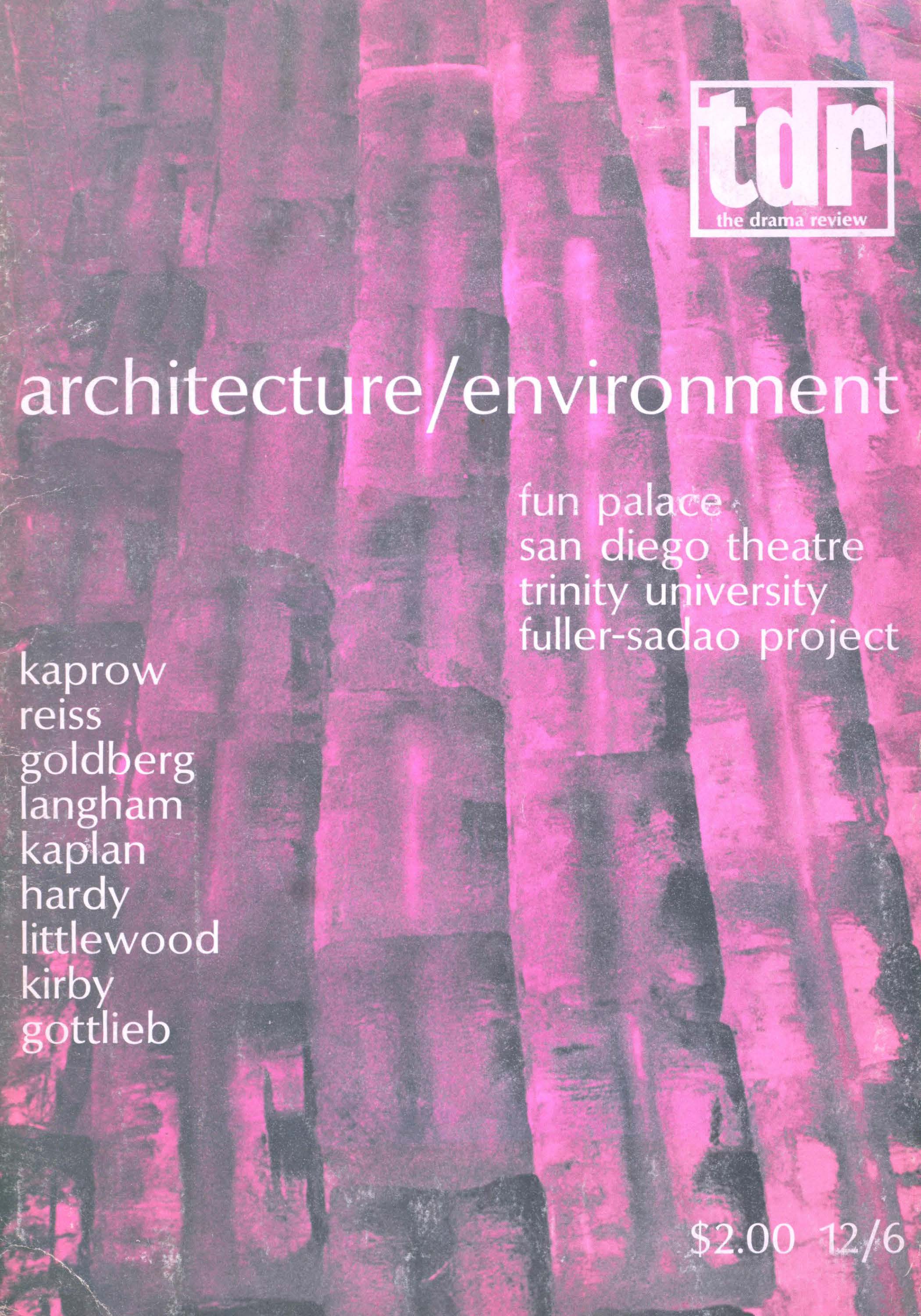Article contents
Visualization, Language and the Inner Library
Published online by Cambridge University Press: 07 December 2021
Extract
I feel a lot of reluctance in attempting to describe any part of a process which, by its truest nature, holds an unending mystery. At the same time I'm hoping that by trying to formulate some of this territory I can make certain things clearer to myself.
I've always felt that the term “experimental” in regard to theatre forms has been twisted by the intellectual community surrounding the artist to the extent that now even the artist has lost track of its original essence. In other words, a search for “new forms” doesn't seem to be exactly where it's at.
There comes a point where the exterior gyrations are no longer the most interesting aspect of what you're practicing, and brand-new exploration starts to take root. For example: In the writing of a particular character where does the character take shape?
Information
- Type
- Playwrights and Playwriting
- Information
- The Drama Review , Volume 21 , Issue 4: Playwrights and Playwriting Issue , December 1977 , pp. 49 - 58
- Copyright
- Copyright © 1977 The Drama Review
- 1
- Cited by

